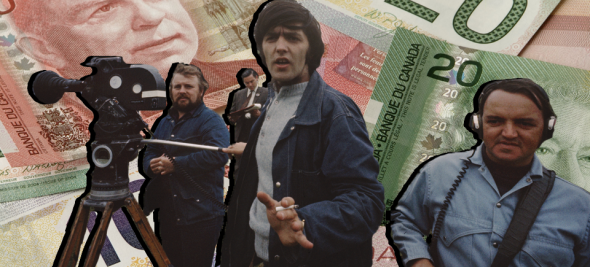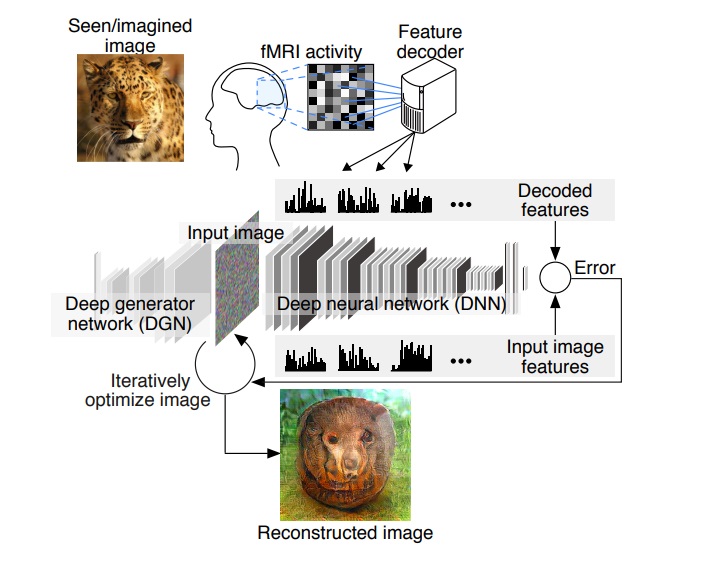The Academy of Motion Picture Arts and Sciences held the 80th Oscars last Sunday.

Guillermo del Toro‘s “The Shape of Water” won Best Picture.
Going in, I thought “Dunkirk” and “Three Billboards outside Ebbing, Missouri” were the front runners, with “Lady Bird” a close third. “Get Out”?
But can the winner be predicted?
Youyou Zhou, writing on Quartzy, offered The Ultimate Statistical Model for Predicting the 2018 Academy Awards Best Picture.
She rated the nine nominations on four scales:
- Buzz and fanfare
- Prior awards
- Money talks
- Critic reviews
She then asked the reader to weigh each category to produce a prediction.
Of course, we now know the actual winner, so we can reverse engineer this to gain some insight into what’s important in winning Best Picture.
I played around with the sliders and came up with:
- Buzz and fanfare = 15%
- Prior awards = 70%
- Money talks = 10%
- Critic reviews = 22%
I know it adds up to 117% — hey, I didn’t build this.
The biggest predictor was Prior Awards. In fact, “The Shape of Water” wins with all the categories at 25% and Prior Awards at 100%.
This graphic illustrates the favourites on each of the four scales.

My take: This just begs the question, how do you predict the other awards shows?





